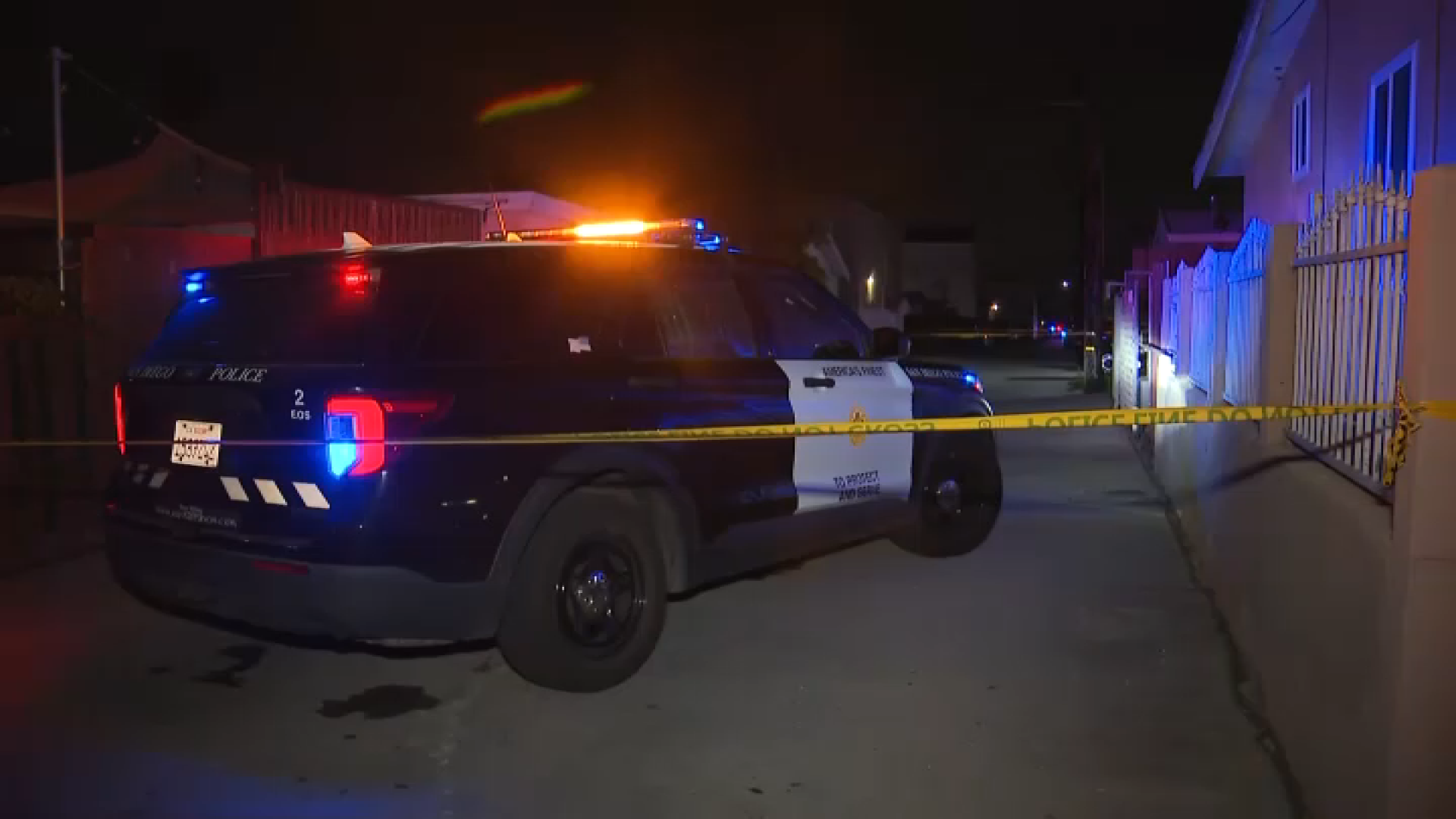Mothers who have been fighting for decades to see the death sentence run its course for the man who killed their sons say they fear the Governor’s moratorium on the death penalty has rendered their efforts useless.
Just last week, Maria Keever and Milena Sellers Phillips were in San Francisco to watch as the man convicted of killing their boys in 1993 made yet another appeal to have his death sentence reversed.
Charlie Keever, 13, and Jonathan Sellers, 9, pedaled away from their homes on bikes 26 years ago and never returned. Their bodies were later found in the Otay River. Investigators said they had been beaten raped and murdered.
Scott Erskine, who was already serving a decades-long sentence for rape, was convicted and sentenced to death for the double murder. Keever and Phillips say they were upset and hurt by the decision, and that it makes them feel like they don’t matter.
12:45pm: The death chamber at San Quentin. Closed. pic.twitter.com/0zK4UUItBG
— Office of the Governor of California (@CAgovernor) March 13, 2019
Keever said the decision disgusted her, and that Erskine got his wish.
“That's what he always wanted, she said. “He wanted the death penalty off and he got it.”
Newsom’s executive action is only temporary. Repeal of capital punishment would be up to California voters, who have consistently rejected statewide ballot measures to repeal the death penalty.
Keever said when Erskine took her son’s life, he took her life as well. She says she doesn’t live -- she only survives -- and is angered by the thought of Erskine and other death row inmates not having to fear their pending punishment.
“He won't be afraid of the death penalty,” she said. “They'll just go to jail and get food and sleep. They won't be afraid anymore.”
Phillips says she’ll be OK if Erskine’s death is never ultimately administered by the state of California, but she would at least prefer that her son’s killer die as a death row inmate.
“I understand, and maybe it’s easier for me to accept it because I know they stay on death row for so long,” she said. “He's locked up in that little cage and can't get out but one hour a day. That’s what I want. He will die an old man by himself as opposed to making new friends in his prison community.”
Local
No matter their opinions on appropriate justice, Keever and Phillips say they will continue to fight to keep Erskine on death row.
California, which has 737 condemned inmates and the nation's largest death row, has not executed anyone since 2006.
The last inmate to be executed in California was Clarence Ray Allen, killed Jan. 17, 2006 at age 76. Allen, sentenced to death on three counts of first-degree murder, was on death row for more than two decades before a lethal injection was administered.
An administration source in the governor's office said Newsom’s order does the following:
• Puts in place an executive moratorium on the death penalty in the form of a reprieve for all individuals sentenced to death in California.
• Withdrawals California's lethal injection protocol.
• Immediately closes the execution chamber at San Quentin.
• States clearly the directive does not provide for the release of any individual from prison or otherwise alter any current conviction or sentence.
"I think he's making a bad decision," San Diegan Kent Richardson told NBC 7. "He's not thinking about the consequences."
Other like Michael Jacobelly say since it's not being enforced, it might as well be gone.
"How many executions have there been? Practically none," he said.
Since the death penalty was reinstated in 1978, there have been 13 executions at a cost of nearly $5 billion.
Attorney John Cotsirilos argues the death penalty isn't what it used to be, and says the money spent administering it could be spent more effectively.
"Half the murders and rapes in the state go unsolved. That money could be spent in a way that actually brings more safety to the public on a daily basis. The death penalty is purely symbolic in this state," he said.



